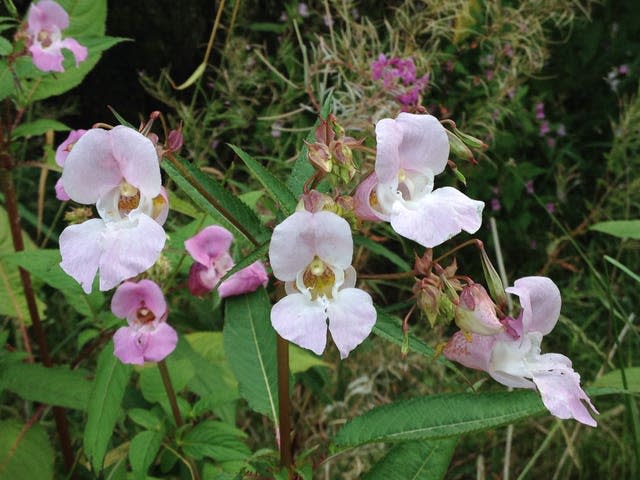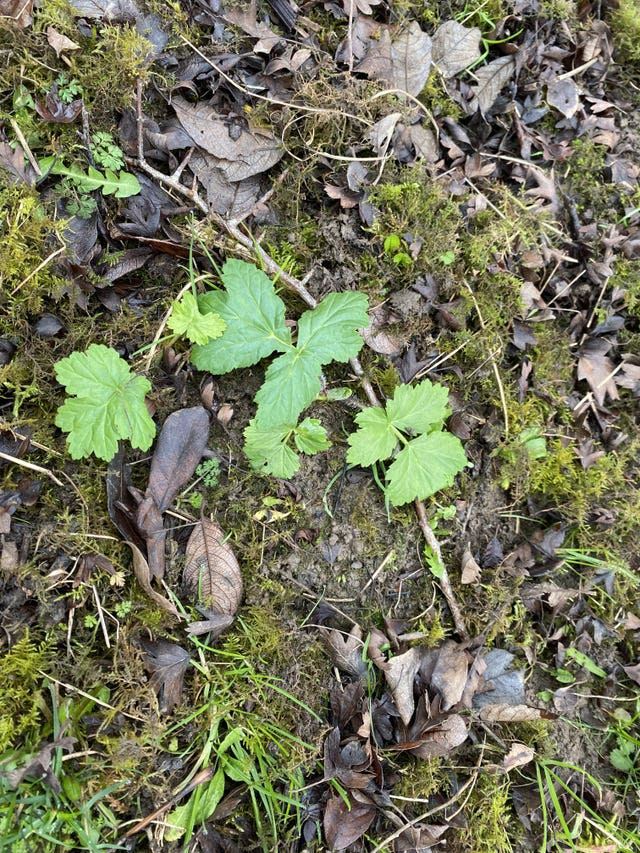Warning over rise in invasive species as public told to report Asian hornets

People are being urged to report any sightings of Asian hornets this summer as nature groups warn of a potential surge in damaging invasive non-native species.
The UK’s chief plant health officer Nicola Spence has called for beekeepers and the wider public to be increasingly vigilant to the presence of the hornet after record sightings in the country last year.
Asian hornets pose no greater risk to human health than native hornets but threaten honey bees and insect pollinators.
The Environment Department (Defra) said the species is not established in the UK yet but early trapping is fundamental to eradication efforts.
It comes as the Wildlife and Countryside Link (WCL), which represents 83 nature organisations, warned that recent flooding and warming temperatures have increased the risk of problem species already in the UK growing and spreading.
This includes Japanese Knotweed, which can cause structural damage, Giant Hogweed, with sap that can cause burns to skin, and Himalayan Balsam, which out-competes native species and increases flood risks.
The WCL said the volatile conditions have also increased the risk of new species establishing themselves in the UK, like the Red Imported Fire Ant, Chinese Mitten Crab and Chinese Mystery Snail, which are making their way across Europe.
Richard Benwell, WCL chief executive, said: “Invasive species are already one of the biggest threats to the UK environment, from smothering waterways to outcompeting native species.
“They also cause billions of pounds in damage a year to homes and businesses, and even pose risks to human health.

The River Trust, Plantlife and Buglife are among the groups in the coalition, which is calling for Government action to mark Invasive Non-native Species Week from Monday.
“Investment in a fully-funded inspectorate and a strong invasive species strategy could make a contribution to halting nature’s decline and creating a more resilient economy,” Mr Benwell said.
Dr Rob Collins, director of Policy and Science at The Rivers Trust, said the weather conditions over winter have left its local trusts “struggling to keep a wave of invasive species at bay” as wet weather scuppers their efforts.
“The Government must properly support local conservation groups nationwide who are working tirelessly to stop our waterways being smothered by nature invaders,” he said.
The coalition is calling for the annual invasive species biosecurity budget to triple to £3 million with a further £3 million to fund a permanent dedicated invasive species Inspectorate.
It is also calling for long-term Government funding for Local Action Groups (LAGs) to create a biosecurity “citizens army”, as recommended by the Environmental Audit Committee.

Other recommendations include reforming the process of listing “GB Invasive Species of Special Concern” and proactively managing the listed species that are already widespread and causing harm.
Defra said members of the public can report any sightings of the Asian Hornet, which have very dark bodies, a wide orange stripe on the forth abdomen section and yellow leg ends, via the Asian Hornet Watch App.
It added that the National Bee Unit stands ready to respond quickly and effectively to any further possible sightings after attending every credible report last year and destroying 72 nests in 56 locations – mostly in Kent.
Responding to WCL’s recommendations, a Defra spokesperson said: “Invasive species threaten our native biodiversity and cost the economy billions every year, which is why we support the Invasive Species Inspectorate in carrying out their role to protect the nation’s biosecurity.
“Through our Invasive Non-Native Species Strategy, we remain committed to going even further to detect, protect and eradicate the threats they pose, while increasing co-ordination and co-operation with the public, land managers and businesses to deliver this.”

 Yahoo Sport
Yahoo Sport 






































